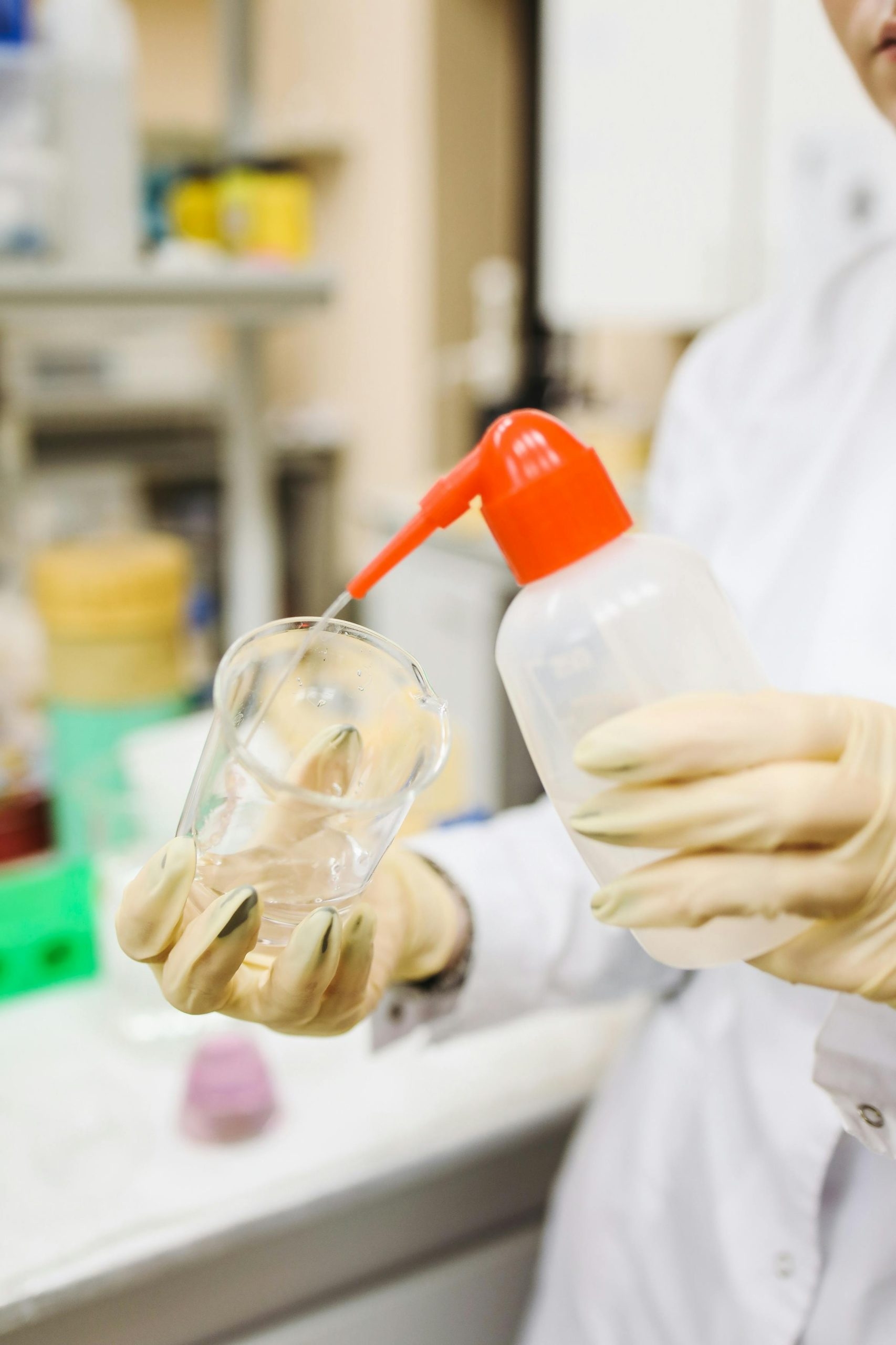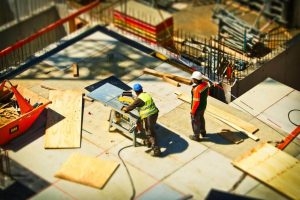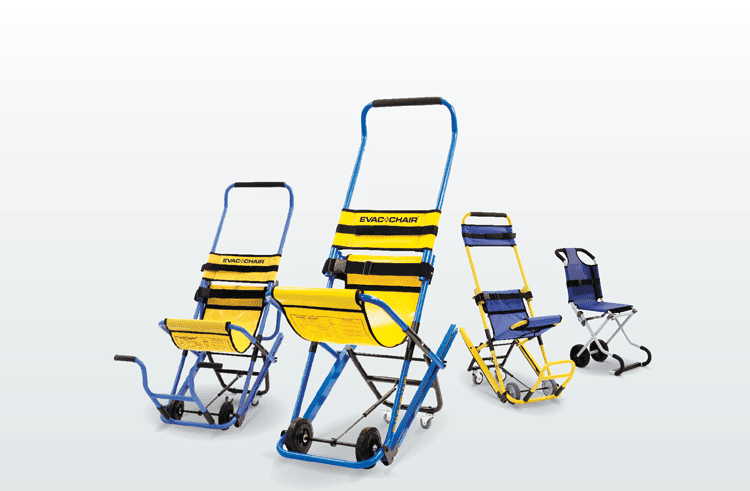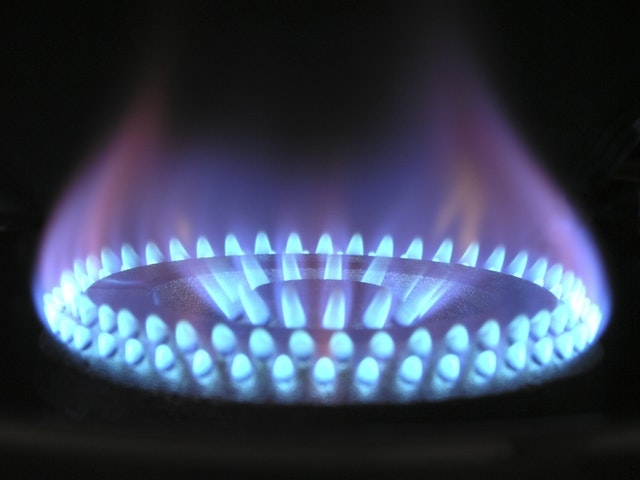
If you look across the skyline of most major UK cities, you are likely to see a number of tall standing cranes. This an indication that major construction activities are taking place. These large pieces of work equipment are subject to the requirements of very important H&S Regulations, would you be surprised therefore to learn that passenger lifts and chair lifts in your workplace are subject to same H&S Regulations? We review the regulations surrounding passenger lift safety and provide practical guidance for businesses and employers.
Passenger Lift Safety
Passenger Lifts and chair lifts which are effectively lifting equipment in the workplace used by employees are subject to the requirements of the Lifting Operations and Lifting Equipment Regulations (LOLER) and the Provision and Use of Work Equipment Regulations (PUWER). However, in most circumstances lifting equipment which is not provided for or used by people at work will not be subject to either LOLER or PUWER, examples of these includes stair lifts in private dwellings and platform lifts in shops and shopping malls used for customer access. But businesses providing this equipment will have responsibilities for its safety (it will require routine maintenance and inspection).
LOLER does not apply to escalators or any travellators/moving walkways which transport people, even though they may 'lift' people from one level to another (the principal function is to transport not to lift). Regulation 19 of The Workplace (Health, Safety and Welfare) Regulations do apply to escalators or any travellators/moving walkways. The key requirements of regulation 19 is the equipment must function safely, be equipped with any necessary safety devices and be fitted with one or more emergency stop devices.
Nevertheless, escalators and similar types of machinery, platform and stair lifts and all conventional passenger lifts must still meet the requirements for safety and conformity of either the Supply of Machinery (Safety) Regulations 2008 or Lift Regulations 2016 in their design, construction and installation, when first brought into use.
Passenger Lifts Used by People at Work
Passenger lifts and combined goods/passenger lifts in workplaces which generally include offices and factories, which are primarily used by people at work, are subject to periodic thorough examination and inspection, as required by LOLER and PUWER.
What is a Thorough Examination & Inspection?
A thorough examination and inspection is in effect a systematic and detailed examination of the equipment and safety-critical parts, carried out at specified intervals by a competent person who must then complete a written report. This report must contain the information required by Schedule 1 of LOLER, this information has to include:
- The examination dates.
- The dates when the next thorough examination is due; and
- Any defects found which are (or could potentially become) a danger to people.
Passenger Lift Safety & Serious Defects
Where serious defects are identified, the competent person carrying out the examination must immediately report this verbally to the duty holder, this could be the employer or the person/organisation in control oof the premises. This should then be followed by the written report, a copy of which must also be sent to the relevant enforcing authority.
The importance of such examinations and inspections cannot and never be underestimated and that is why the person undertaking the examination and inspections must be competent.
What is a Competent Person?
The term ‘competent person’ is not defined in law, however, LOLER Approved Code of Practice and Guidance (Paragraph 296 on competent persons) states that:
- If you are a Duty Holder, you must ensure that the person carrying out a thorough examination has such appropriate practical and theoretical knowledge and experience of the lifting equipment to be thoroughly examined as will enable them to detect defects or weaknesses and to assess their importance in relation to the safety and continued use of the lifting equipment.
Although the competent person may often be employed by another organisation, this is not necessary, provided they are sufficiently independent and impartial to ensure that in-house examinations are made without fear or favour. However, this should not be the same person who undertakes routine maintenance of the equipment - as they would then be responsible for assessing their own maintenance work.
Passenger Lifts Used by People Who are Not at Work
LOLER (and PUWER) may not apply in circumstances where a passenger lift is not used by employees at work e.g. in public areas such as a Shopping Centre. That said, employers do have a legal duty (Section 3 Health and Safety at Work Act) for the health and safety of people they do not employ including members of the public who use the lift and contractors who maintain and inspect the lift.
This in effect means, insurers may impose demands for similarly stringent levels of risk management i.e. compliance with LOLER and PUWER to cover public liability.
Passenger Lift Safety & Maintentance of Lifting Equipment
The main purpose and legal requirements of PUWER is to ensure employers take steps to protect employees from unsafe work equipment. PUWER defines Work Equipment as any machinery, appliance, apparatus, tool or installation for use at work. This includes passenger lifts, escalators, moving walkways and chair lifts.
The maintenance of lifting equipment to ensure it remains safe for use is a key requirement of PUWER. In some cases - to assist with this, and detect any deterioration so it can be remedied in good time - lifting equipment may need to be inspected between thorough examinations. Such inspections need to be undertaken by suitably trained and competent people, which can often be the lifting equipment operator or maintenance personnel.
The risk assessment process and manufacturers recommendations generally determine the nature and frequency of inspections.
Stair Lifts
Where provided as work equipment for use by employees, stair lifts will be subject to the requirements of LOLER (thorough examination) and PUWER (maintenance and inspection). Where they are not but are still provided in connection with an undertaking (e.g. in work environments where the public or visitors may use them), employers will have responsibilities for the safety of all users under Section 3 of the Health & Safety at Work etc. Act 1974. These may be adequately discharged by undertaking maintenance, and inspection, and 6 monthly thorough examination, even though PUWER & LOLER may not apply to the equipment.
However, all new stair lifts (either when first placed on the market, or first brought into use), as machinery are subject to the Supply of Machinery (Safety) Regulations 2008.
They must be constructed to be safe, supplied with Instructions, a Declaration of Conformity, appropriate conformity marking and labelling. Those stair lifts which involve a hazard of falling from a vertical height of 3m or more are included within item 17 of Schedule 2 part 4 (Annex IV) of the Supply of Machinery (Safety) Regulations 2008 (so subject to conformity assessment as required by Regulations 11 or 12 as appropriate).
In addition to LOLER and PUWER, the use of such equipment is subject to the Management of Health and Safety at Work Regulations with a particular emphasis on the requirement to undertake a suitable and sufficient assessment of risk. The risk assessment should be only one element of a safe system of work incorporating:
- Information and instruction on the hazards/risks, along with associated control measures and procedures for employees who use the equipment and those who may operate the equipment e.g. care staff in a care environment.
- A system of maintenance and inspection.
- Monitoring of the use of the equipment; and
- A system of review.
Escalators and Moving Walkways
Formal Guidelines for the safe operation of escalators and moving walks (walkways) are published which provides considerable guidance on the duties and responsibilities of those who:
- Manufacture, supply and install escalators and moving walkways.
- Design premises where they are to be installed.
- Own or manage premises in which they are installed, and
- Inspect and examine escalators and moving walkways.
Although not subject to LOLER, these detailed guidelines recommend thorough examination of escalators and moving walkways, normally at six-monthly intervals.
Guidelines for Safe Operation of Escalators and Moving Walkways
Published by the Safety Assessment Federation and replace HSE Guidance Notes, the guidelines are seen as good practice and when followed, would normally be regarded as sufficient to comply with health and safety legal duties.
As with any other type of machinery and workplace equipment, following established guidelines is essential for the following reasons:
- Escalators pose a risk to users, as supported by statistics of accidents and incidents, which require adequate H&S Management.
- Escalators and moving walkways are becoming more prevalent, more complex (inclined, curved etc.), longer, higher and with increasingly exposed voids.
- Escalators are increasingly subject to abuse, misuse and negligence.
- The integration of escalators and moving walkways within buildings as a means of moving large numbers of people require a wider range of competence than merely architectural design considerations.
- In some cases, escalators and moving walkways are the primary escape route/emergency exit, e.g., the London Underground.
- Incidents such as the Kings Cross Fire (1987), in which 31 people died and 60 were injured, have demonstrated the need for guidance on escalators and notably maintenance regimes, cleaning, communication and public safety.
Risk Assessment
In broad terms, escalators and moving walkways are a relatively safe way of transporting people. Nonetheless, there are still potential hazards to be considered, both from escalators and moving walkways and also those hazards that users may bring with them, including:
- Loose clothing.
- Type of footwear.
- Carried goods and trolleys.
These hazards can also be increased when used by vulnerable groups e.g. the old, very young and those with impaired mobility and any foreseeable misuse such as “surfing”, running, use as a goods conveyor etc. In addition to the proper design and commissioning of the equipment, risk assessment and control, preventive maintenance, testing, inspection and thorough examination of escalators and moving walkways (Safe System of Work) are key to effective H&S Management and legal compliance.
Examination & Maintenance
A thorough examination should not be confused with checks carried out during maintenance activities and does not replace any aspect of the maintenance requirements for escalators and moving walkways. The two activities are complementary and essential to the safe operation of escalators and moving walks and associated equipment.
Health & Safety Legislation
Escalators and moving walkways provided for use in the workplace are also covered by specific regulations (as amended) including:
- Management of Health & Safety at Work Regulations
- Workplace (Health, Safety & Welfare).
- Provision & Use of Work Equipment Regulations.
- Supply of Machinery (Safety)Regulations & Supply of Machinery (Safety) (Amendment) Regulations.
- Work at Height Regulations 2005 SI 2005/735.
- Health & Safety (Safety Signs and Signals) Regulations.
Passenger Lift Safety & Maintenance Activities
With their importance in terms of effective H&S Management, in-house maintenance activities of passenger lifts, stair lifts, escalators and moving walkways can occasionally be underestimated. It is therefore very important a suitable safe system of work is formulated for maintenance tasks. This will inevitably involve the development and implementation of a suitable isolation and lock-off procedure to prevent accidental or inadvertent engagement of power to the equipment during maintenance activities.
Additionally, where such work is contracted out, an assessment (regularly updated) of appointed contractors should be undertaken to ensure those appointed effectively manage Health and Safety.
Do you need specific passenger lift safety guidance for your business? Speak to our team of Health and Safety Consultants to get expert, practical advice and support.





